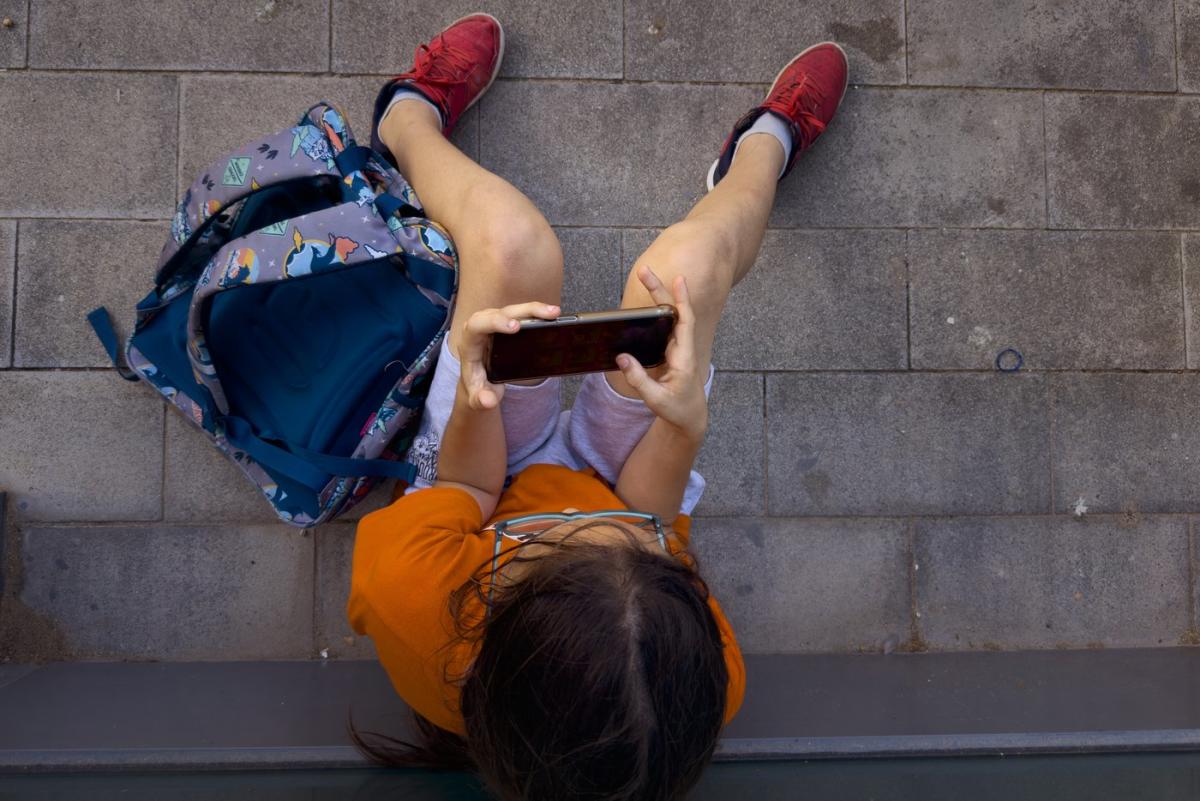The return to school could mean a return to the hot seat for big tech companies.
Last school year, social media platforms TikTok, Facebook, Instagram and Snapchat were embroiled in a legal battle accusing them of disrupting classes, contributing to a mental health crisis among youth and leaving teachers to deal with the consequences.
When students return to school in September, experts say the conflict between technology and textbooks will reignite – and perhaps even intensify – as schools and parents grapple with the impact of social media on education.
“Back to school is happening at a different time this year than it was two, three or four years ago,” said Richard Lachman, a professor of digital media at Toronto Metropolitan University.
“It seems like we as a society are talking more about the dangers of social media, but companies themselves are in a position where they aren’t necessarily doing more.”
Brett Caraway, a professor of media economics at the University of Toronto, said the situation the education system finds itself in this year is a consequence of the proliferation of mobile devices, which began in 2007 with the advent of the iPhone. Camera features, apps and social networks have exacerbated the situation.
“I firmly believe that this problem will continue as the proliferation of smartphones among young people has not abated,” he said.
Nearly 40 percent of Canadian children between the ages of two and six used a mobile phone in April 2022, according to data from Statista. For children between the ages of seven and eleven, that figure rose to 50 percent, and for 12- to 17-year-olds, it was even higher at 87 percent.
That same year, 42 percent of 15- to 24-year-olds told Statistics Canada that they use the Internet 20 hours or more per week for “general purposes,” including using social media, browsing the Internet, shopping online and reading the news.
Much of those 20 hours are devoted to endless scrolling through trending videos, posts, and photos from the numerous social networks that have become household names in recent years.
Caraway recently learned from a family friend about a 14-year-old who spends an average of six hours a day on TikTok, which he found “mind-blowing.”
“I don’t understand how anyone can spend six hours a day on a smartphone, but that’s exactly what these platforms are designed for,” he said.
“They make money by showing potential advertisers that they have a high level of user engagement… The platform is designed to literally grab the user’s attention and hold it for as long as possible.”
This can be problematic for teachers who are simply trying to get through a lesson, or for students who need to learn but are constantly drawn in by the lure of social media.
Studies have shown that more time spent on social media is associated with lower self-esteem and poorer academic performance, as well as greater exposure to hateful, violent and adult content.
A 2018 study by the World Health Organization concluded that 6.85 percent of students use social media problematically, which is considered the point at which behavioral and psychological symptoms of social media addiction manifest. According to the study, 33.14 percent of students are at medium risk for problematic social media use and another 60 percent are at low risk.
Four Ontario school boards decided to take the matter to court last March, suing TikTok, Snap, Instagram and Facebook-owned Meta for $4.5 billion, accusing them of negligently designing their products for compulsive use and changing the way children think, behave and learn.
By August, the group taking action against the tech giants had grown to include 12 school boards and two private schools, seeking a total of more than $8 billion, litigation organizers School Boards for Change said.
The allegations made in the lawsuits could not be proven in court.
“Our children are literally falling apart and we have to spend additional resources to fulfill our obligation to provide education,” Caraway said. “So this lawsuit is an attempt to make someone pay for that.”
Asked about the lawsuit and allegations that social media companies are not doing enough to protect children online, Snapchat spokeswoman Tonya Johnson said her company’s app is designed to be different from other platforms because it tries not to pressure users to be perfect or popular.
“We care deeply about the mental health of young people and while there is still work to be done, we believe in the role Snapchat plays in helping close friends feel connected, happy and prepared as they face the many challenges of adolescence,” she said in an email.
Meta did not respond to a request for comment. TikTok declined to comment.
However, at a safety session TikTok hosted for the media in July, the company described several measures it has taken to protect young users. These include family linking, which allows parents to link their accounts directly to those of their teens and ensure their children’s TikTok settings are agreed upon as a family, and one-hour screen time limits for users under 18 that can only be bypassed with a code.
Because students continue to be distracted despite these features, some provinces, including Ontario, Saskatchewan, Nova Scotia, Manitoba and Alberta, will ban cell phones in the classroom this year.
But many say this isn’t a panacea. Even if students aren’t allowed to use cell phones in class, they’re creeping their use into “every nook and cranny” of their schedule, Caraway says.
They turn them on as soon as they wake up, check them between classes, and then return to them at home until bedtime.
Some teachers also resist the idea of excluding them from classes.
“Banning phones and technology was never the solution for me because you also ban discussion in the classroom,” Joanna Johnson, the Ontario educator behind the popular account @unlearn16, said at the TikTok safety session.
Lachman is not happy with the “abstinence” approach the provinces are taking with their bans, but says the real problem is that social media companies have a “business model that is designed to make us want to stay online as long as possible.”
“If you really wanted to make something less addictive… would you give young people a different interface? Would you give them a completely different algorithm?” he asked.
“Are you going to give them something that is less visually appealing, less click-worthy, less infinite scrolling?”
This report by The Canadian Press was first published August 18, 2024.
Tara Deschamps, The Canadian Press




